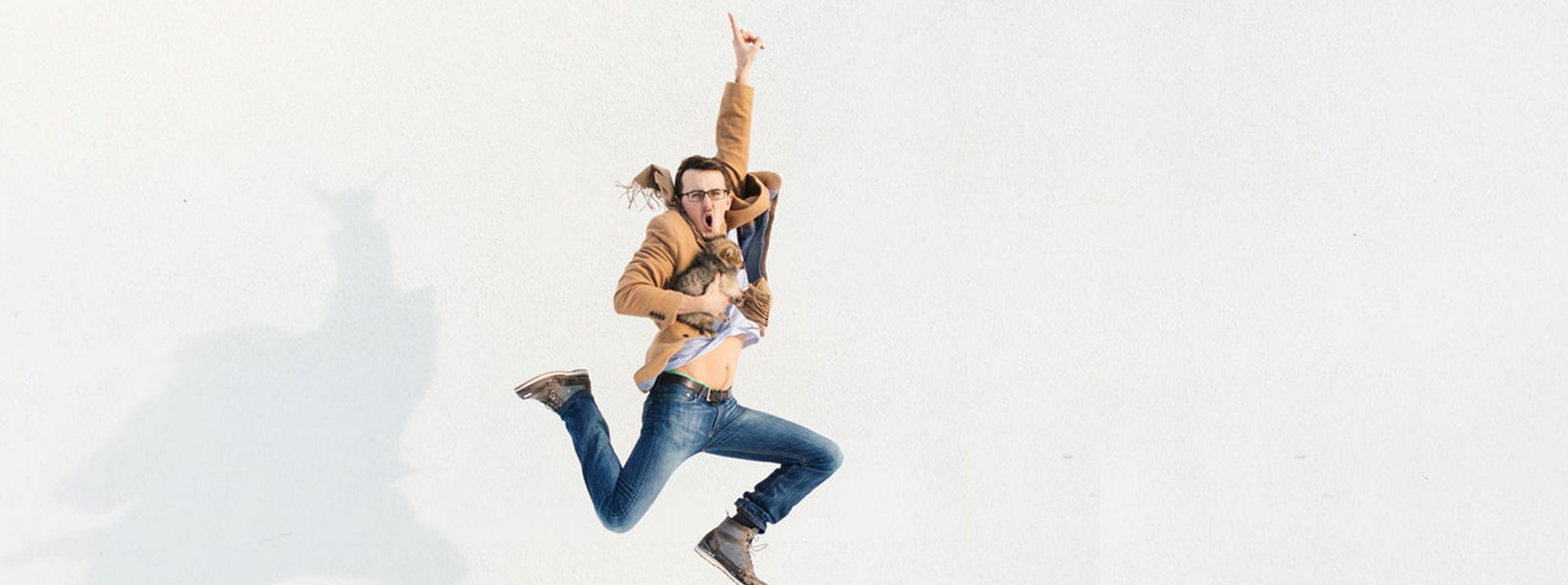Anúncios
There’s nothing wrong with living life to the fullest and treating yourself now and then! It can certainly be tempting to spend a tax refund right away, and sometimes that really is your best option. That said, there are other ways to make the most of this windfall and optimize your financial situation. Financial planner and FlexiFonds mutual fund advisor Sébastien Lafontaine has three tips to help you choose the best way to put your money to use.
1. Reinvest and save more
Your tax refund can be a great boost for your savings. This is often the only time you’ll receive a cash inflow on top of your usual income. You might as well take advantage of it to get a head start on your goals!
“By investing your money at the start of the year in products that have the potential to earn you a return, you can build your savings and give your money a chance to grow over a longer period.
If the markets are down when you want to make a long-term investment, you can seize the opportunity to buy ‘at a discount’ to take advantage of a possible market recovery.”
If you contribute to an RRSP, you’ll not only reduce your taxable income, but also increase your potential tax refund for next year thanks to the RRSP deduction. If you contribute to an RRSP+ with the Fonds, you’ll also benefit from an additional tax credit that can be reinvested later!
The TFSA is a good option as well, especially if you want to save for a short-term project, such as renovations or a major purchase. With a TFSA, your investment income is tax-sheltered, and you can withdraw what you need without paying tax.
If you’re hesitating between investing in an RRSP or a TFSA, call a FlexiFonds mutual fund advisor to go over your situation with an expert.
2. Pay off debts
Anyone with debt knows that it can be a source of anxiety. To help regain your peace of mind, you can use your tax refund to settle or reduce it.
“Start by making a list of the amounts you owe, including interest rates, minimum monthly payments, and any late fees or penalties. Prioritize debts with high interest rates, such as credit cards (about 19% and up) and store cards (about 29%), which are often considered ‘bad debt.’
The chances of an investment giving you that kind of annual return are very low, so it’s better to prioritize paying off those debts over saving.”
You can also use your tax refund to reduce your car loan or mortgage, which represent major debts, by making an annual principal payment. However, settling outstanding balances on higher-interest credit cards or lines of credit is the wiser move.
If the interest rates are the same, pay off the smaller amount first to get the ball rolling. This will make it a little less daunting to start tackling the rest of your debts. It will also improve your credit rating!

Need advice on getting out of debt?
Read the article >

Looking for tips on how to pay off your debts quickly?
Read the article >
3. Create an emergency fund and prepare for the unexpected
Many unexpected events can occur during the year that have a significant impact on your finances. For example, you could suddenly need to replace your car or repair an appliance, or you could lose your job or fall ill. With an emergency fund, you can avoid going into debt or having to dip into savings for other projects.
“Your tax refund is a great opportunity to set up an emergency fund. If you already have one, you can add to it if needed.”
Having an emergency fund lets you avoid being caught unprepared. Most importantly, it can reduce your financial stress when you’re faced with a situation that’s stressful enough on its own. This fund is strictly for contingencies; it will help you keep your investments intact in the event of an emergency.
Anúncios
“Ideally, an emergency fund should cover your living expenses for a minimum of three months without income. If you don’t have any savings right now, that might seem like a lot of money! Take things one step at a time.
Your tax refund will allow you to make an initial deposit. Then, you can set up automatic bank withdrawals to keep adding to it throughout the year.”
Which account should you choose for your tax emergency fund?
The most important thing is to make sure you have easy access to your money in case you need to make a withdrawal. For this reason, a savings account is a great way to build an emergency fund.
Anúncios
“It’s recommended to invest your money in a financial product with a guaranteed return that can be redeemed at any time, such as a high-interest savings account.
That way, you can keep your savings for long-term projects in products that offer a higher return potential, such as mutual funds, exchange-traded funds, or stocks, which you can put into an RRSP or TFSA so that the gains are tax-sheltered.”
By keeping your savings for short-term needs in an account with a guaranteed return, you’ll feel less stressed if the markets go down than if you’d invested all your money in a single product intended for different long-term projects.
Save while supporting local businesses with FlexiFonds

By choosing FlexiFonds, you can support the local economy and Québec society while working towards your savings goals and honouring your personal values.
FlexiFonds de solidarité FTQ Inc.
The units of the FlexiFonds funds are distributed solely in Québec by FlexiFonds de solidarité FTQ inc., a mutual fund dealer wholly owned by the Fonds de solidarité FTQ. FlexiFonds de solidarité FTQ inc. does not distribute the units of any other mutual funds. Management fees and other expenses may be associated with mutual fund investments. Please consult your advisor and read the prospectus and the fund facts documents before making an investment. The units of the FlexiFonds funds are not covered by the Canada Deposit Insurance Corporation nor any other government deposit insurer. The FlexiFonds funds are not guaranteed, their values change frequently, and past performance may not be repeated.


